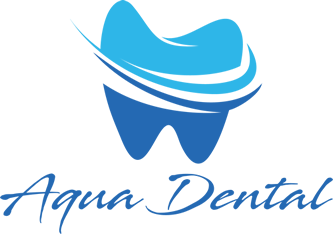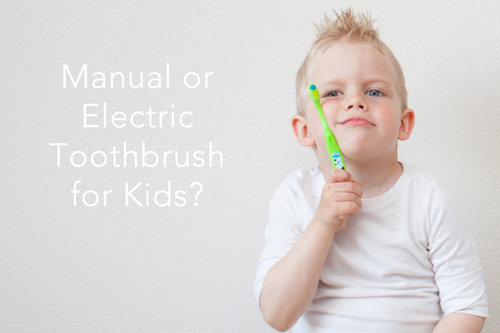When your child finds their favorite toothbrush, they’re more likely to develop good oral hygiene habits that could stay with them for life. Keeping up with your dental appointments every six months allows us, dentists, the chance to inspect your child’s teeth and give you any feedback on their brushing technique. Call Drs. James and Samuel Owens at 918.455.7700 to schedule their dental appointments.
Before we launch into the pros and cons of both toothbrushes, electric toothbrushes are generally designed for ages 3 and up. Some experts warn that introducing an infant to an electric brush too early in life means they never develop the motor skills needed to brush manually.
Do electric toothbrushes clean kids’ teeth better?
There is no clinical evidence that electric brushes are necessarily better at removing plaque or trapped food from children’s teeth. But in many cases, this depends on the individual child.
Some children (and even adults) don’t clean their teeth efficiently using a manual toothbrush, even with guidance from their dentist. An electric toothbrush can make this easier by performing the brushing action for you and is usually recommended by dentists for children whose teeth show signs of poor brushing.
If your child prefers a manual toothbrush, make sure it has a soft bristle and an angled head to clean those hard-to-reach areas. Don’t forget to replace their toothbrush or swap the head of their electric toothbrush every three months or right after any illness.
Which is easier to use?
One of the advantages of electric toothbrushes is that they can make brushing easier and more convenient, especially for kids. Their rotation and stroke action means the toothbrush is cleaning all the time, with the right speed and power. So as long as it cleans every tooth, parents don’t need to worry that their child isn’t brushing properly. Most are equipped with built-in timers which is a fun way to let your child know how long they have brushed and gives them a goal to brush for the proper amount of time.
If you’re unsure how your child will react to an electric brush, a battery-powered one is a relatively small investment to test the idea out. Many parents, once satisfied that their child will use it properly, may then invest in a more expensive and effective rechargeable model.
Both types of toothbrushes are available with ergonomically-designed handles that are easy for kids to grip and comfortable to hold. Toothbrushes for young children have wider handles that are easier for small hands to control.
Which do kids prefer?
If your child is happy to use their toothbrush, they’re more likely to use it properly. Trying out both electric and manual brushes should give you an idea of which one your child is more comfortable with.
Some kids find electric toothbrushes appealing, while others may find them uncomfortable or even scary, although this usually changes as they get used to it. Some may prefer the motion of electric toothbrushes that clean their teeth one by one, while others may prefer the back and forth, up and down motion of traditional brushing.
Which toothbrush should you choose?
Some electric toothbrushes have features designed to make them even more appealing, such as lights, music and sound effects. As well as encouraging your child to brush, this can also help them brush for the recommended amount of time (two minutes, twice a day).
An article published in American dental magazine RDH refers to a study which found that children who used a power toothbrush had “significantly longer” average brushing times than those who used a manual one. This is probably thanks to their ease of use, entertaining features, and built-in timers.
Manual toothbrushes may have fewer bells and whistles, but both types of toothbrushes are available in a wide range of colorful and attractive designs to appeal to kids of all ages. This includes brushes with handles sculpted to look like their favorite characters.
All children’s toothbrushes should have very soft bristles which are gentle on gums, but it’s always worth double-checking this before you buy. They are also designed to be easy for children to hold – both in terms of the size and shape of the handle, and the materials used on it.
You should choose a brush head that will fit easily inside your child’s mouth and enable them to reach all their teeth. If the head is too large, they will find it difficult to reach their very back teeth and some of the surfaces inside their mouth.
The best way to find a toothbrush that your child will be happy to use is to let them choose it for themselves. Take them toothbrush shopping so they can browse the full range of options and pick out the one they like best.
Regardless of which toothbrush your child likes best, it’s most important that you show your child how to brush correctly and monitor their brushing until they can brush independently (probably around age seven or eight).
Whichever toothbrush you decide to use, don’t get carried away with brushing. “Excessive brushing with manual or electric has its risks. Too much pressure and too frequent brushing can abrade enamel, or the root if the gum has receded. This abrasion can cause teeth to become hypersensitive to hot and/or cold.


Recent Comments